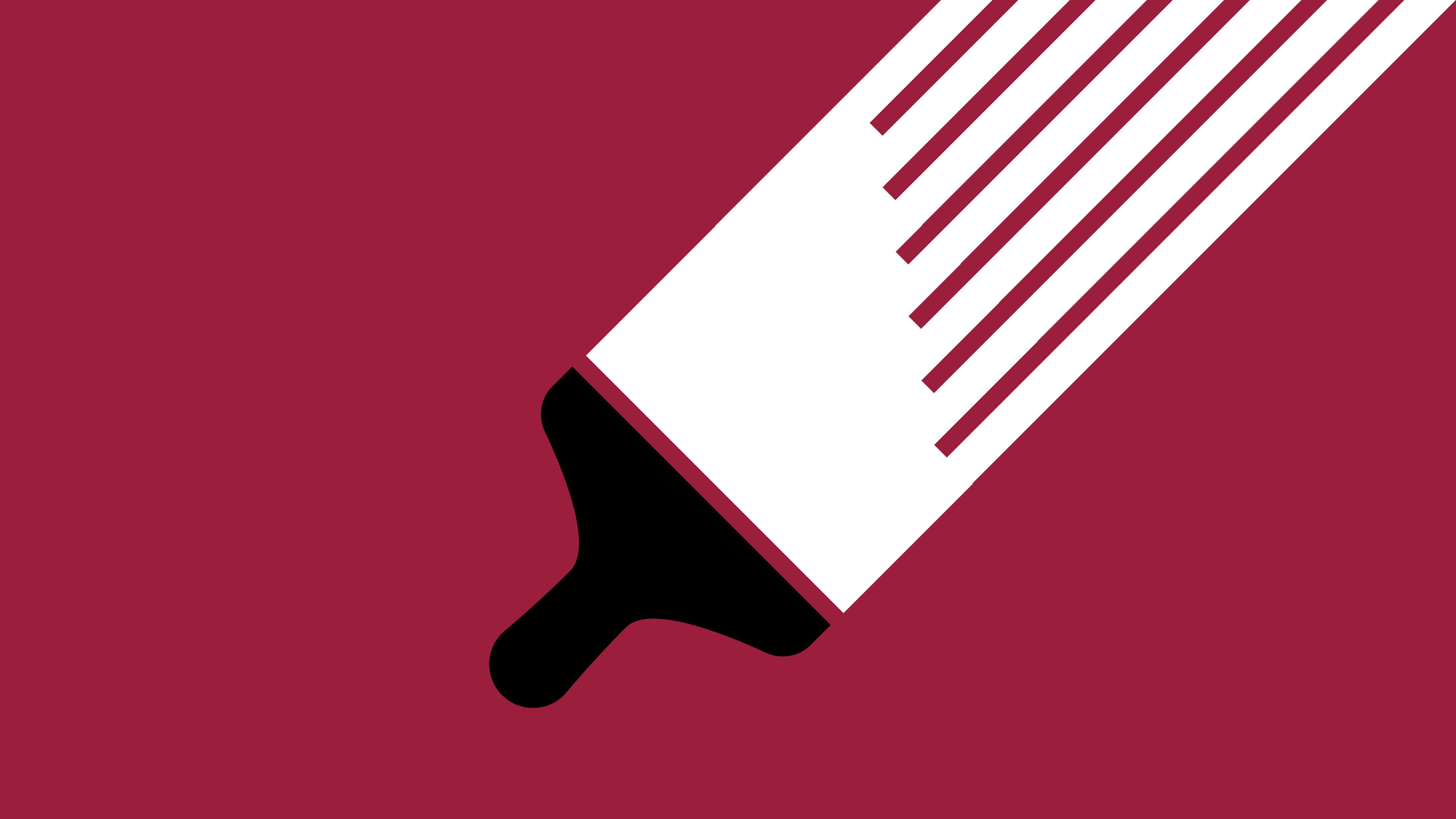- Benefits of working in-house Annie Nguyen, Freelance
- Balancing internal & external teams Allen Mask, Sonos
- Challenges of working with an AOR Allen Mask, Sonos
- Working with the Buccaneers in-house creative team Jon Contino, Contino Studio
- Working in-house vs agency-side as a young designer Ben Gibbs, Freelance
Up next...
I see my role as a player coach. Coach in that, are we thinking about the right things at the right time, and the right amount of things, and "player" in terms of being hands-on, working with the team, and helping elevate them, as well as learning with them.
One of the most important things we need to do, and especially at leadership level, is foster positive interpersonal relationships. I think if the people relationships aren't in place, you're not going to get a lot done. That's hard though, because you've got some politics involved there as well, but really working to make sure that that you can speak to other leaders in the organisation, and you can speak to other people on other people's teams. I want to make sure that people, no matter what team they're on, they feel comfortable coming and talking to me. They might be on the product team, they might be on the engineering team, they might be on the marketing team, but I've got an open-door policy, and I want people to be able to talk. It takes a while, and that's actually a very slow build, you're not going to come into an organisation, and have that in 30 days. That's the long game, and that's what I play, and I see a lot of benefits to playing that game. At the end of the day, I think it's about are we being authentic people? I don't think I could come to a job without feeling like am I being my authentic self. Does this feel like the right thing to do? If something doesn't feel right, I'm going to put it out there on the table, and if I'm comfortable enough to say it, my team might not be, so they can use me to do that and clear hurdles.
I think as design managers and design leaders, we can do a lot of checking-in. I typically workshop with my team at least once per quarter, and you can do it more often where you just get the team in a room, put on your design thinking caps, talk about what are the things we're doing today, and even if you want to map out your process, what are all the things people are typically asking us for? Put this up on the wall, get post-it notes, have people freestyle and put stuff on the wall. You can map that to level of effort, or priority, or pain points, and you start to peel the layers of the onion. When you do that, there might be stuff that's so obvious, but you might find a couple of things that especially for you as a design leader, you can handle right away, like maybe there's some conflict between design and product at a particular level, and you can jump in there and help them understand that this is the kind of stuff you're looking for, and how as a leader can you help unpack things for the team, help them understand that it's not their fault, it's not anyone else's fault, it's just a lack of understanding, and clear the path.
I think that's something that's really important, that if design leaders aren't doing now, they should be doing as much as humanly possible, because again, if you get rid of some of those hurdles, people can really run freely. It also doesn't necessarily only have to happen with your design team, bring in people from other teams you're working with, are you working with the consumer products team, marketing, product, or engineering? Bring them in, understand how they're working, and make them part of this workshopping process, to understand from their perspective, and put on a different lens and say "maybe I'm not giving these guys what they need?" and there's some frustration that we need to unpack.
You actually start to see that these mountains are just small molehills, and you can get past them a lot faster when you get ahead of the problems, and deal with them, rather than let them fester.

